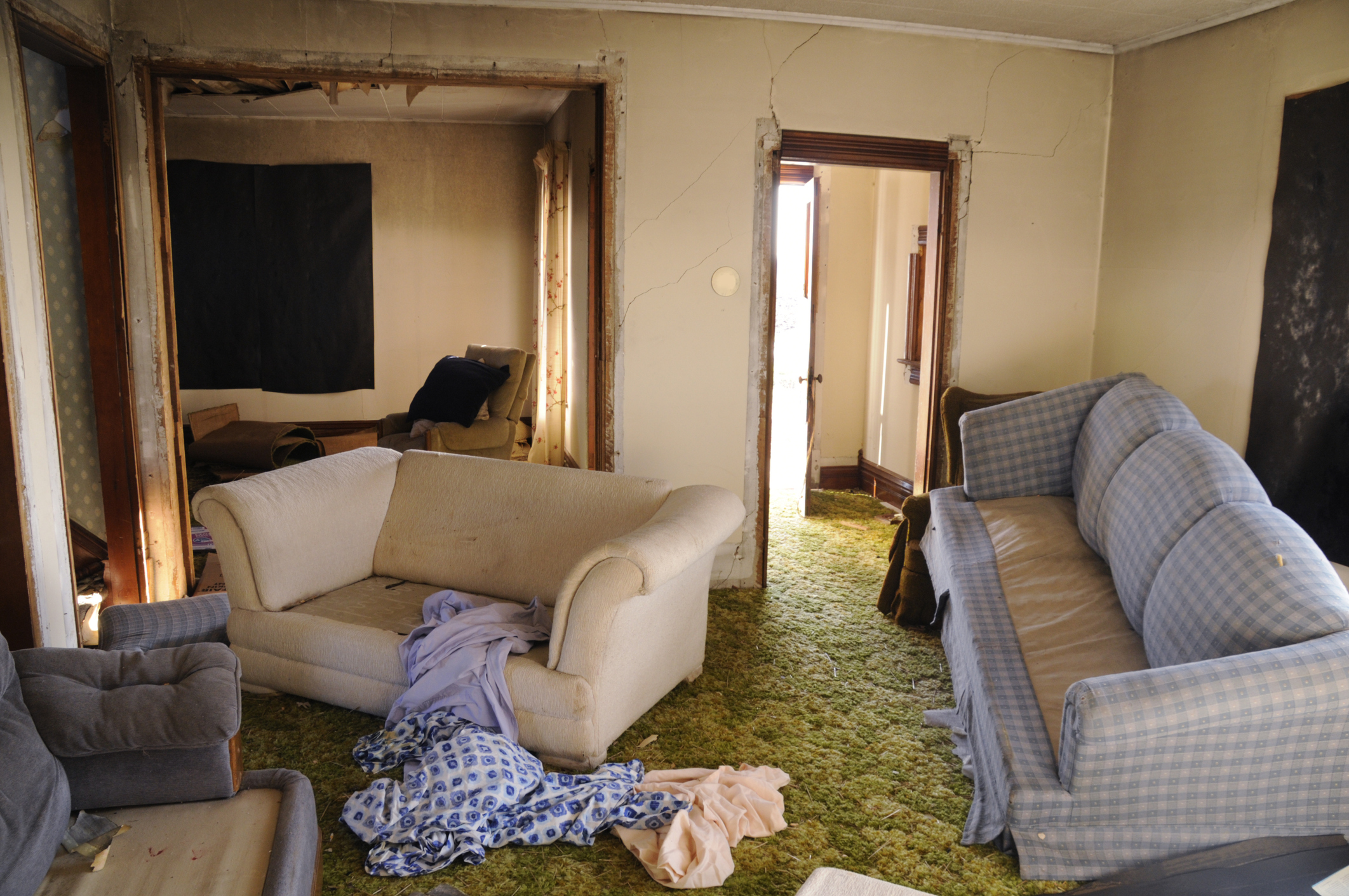Continued Hurricane Damage Research Investigating Low-Rise Buildings
Hurricane damage can have a vast impact on hotels, apartments and condominiums, whether they are one to three-story low-rise, mid-rise or towering high-rise buildings.
With hurricane season underway, Florida Tech mechanical and civil engineering professor Jean-Paul Pinelli is further investigating the hurricane damage potential of these buildings.
Following up on research grants from recent years to analyze the interior damage mechanisms of both low-rise and high-rise buildings from hurricanes, Pinelli, alongside Florida Tech graduate student assistants Roberto Silva de Abreu and Zhuoxuan Wei, is developing numerical models to improve the damage projection capabilities of the Florida Public Hurricane Loss Model, which is hosted at FIU, and used by the State of Florida to regulate the insurance industry.
The goal of the research is to provide improved risk and vulnerability assessment models for the insurance industry, and emergency managers. These models will also allow manufacturers and insurers to assess the cost/benefit relationship on a state-wide scale of new mitigation products, such as new window or roofing products, that can better withstand storms.
“Even when the winds are relatively moderate, you can still have damage in the buildings because of rainwater penetration through the gaps in the soffits, windows and vents,” Pinelli said. “You can have a building that looks perfectly okay from the outside, but the inside is completely trashed from the water.”
In addition to computer models, the team participated in testing at FIU’s Wall of Wind (WoW), a wind tunnel facility that simulates hurricane conditions and can test to failure full-sized mock-up structures or large-scale structures such as site-built or manufactured housing and small commercial structures. The tests quantified the hurricane wind-driven rain ingress and propagation through defects and breaches on the roof, walls and windows of models divided into six attic and six interior compartments of the same size.
Gaps on each component simulated the defects and breaches, with increased gap size with increasing hurricane winds. The result was an interior mapping of water penetration and propagation typical of different hurricane conditions.
These preliminary results provided key insight into rainwater damage mechanisms, and the combination of tests and models are proving to be key for Pinelli’s team in getting a realistic description of hurricane wind and water damage.
“Catastrophe models typically model the exterior damage and extrapolate it to the interior with some kind of judgement call, so if I have so many windows damaged, I expect to have this amount of interior damage,” Pinelli said. “For the first time we’re trying to model the physics of the problem, how much water gets in the building and once the water is in the building how it propagates.”
###





